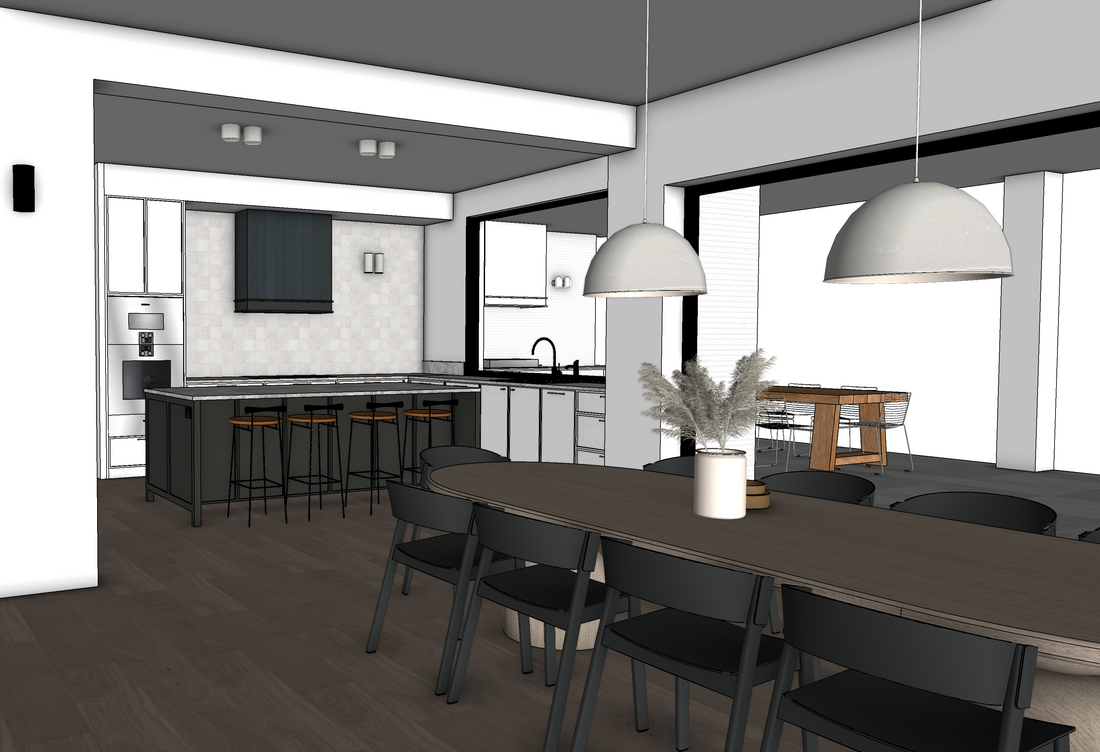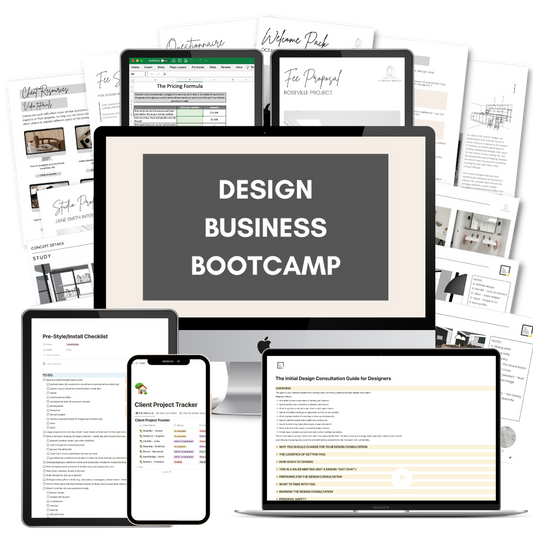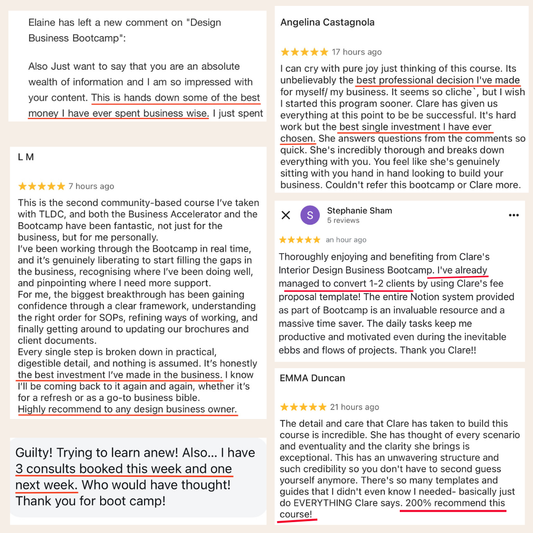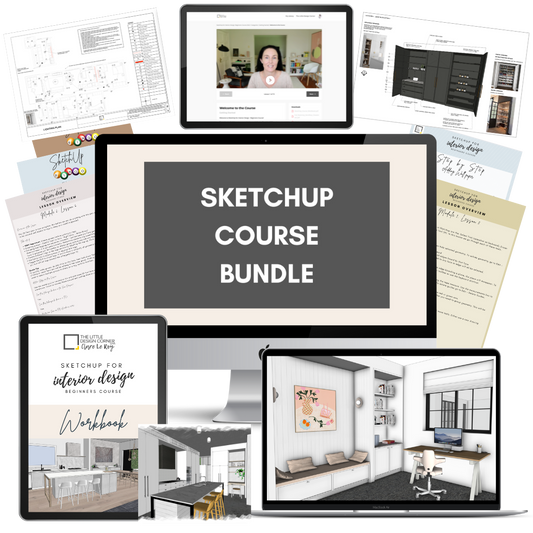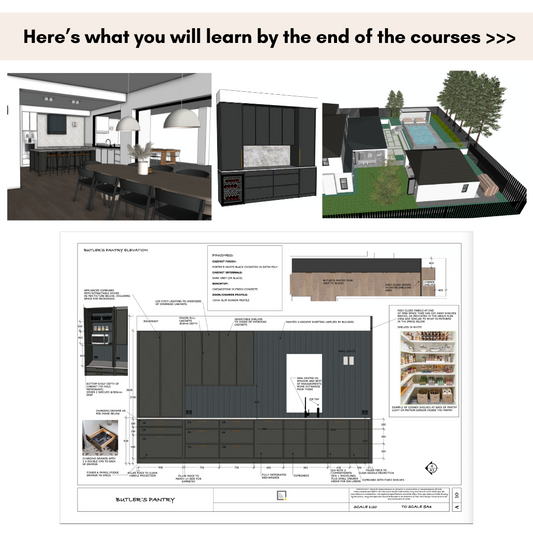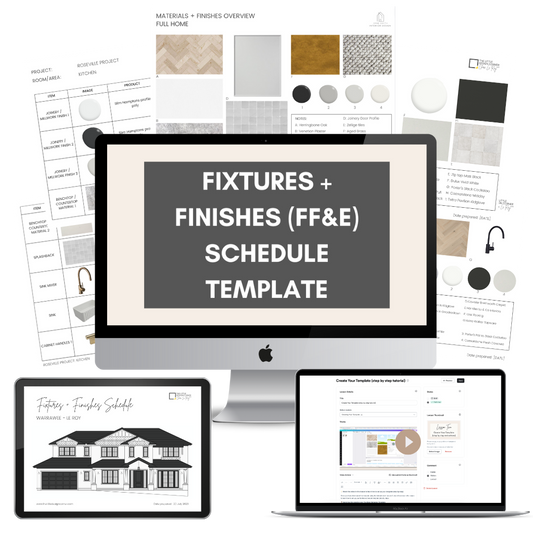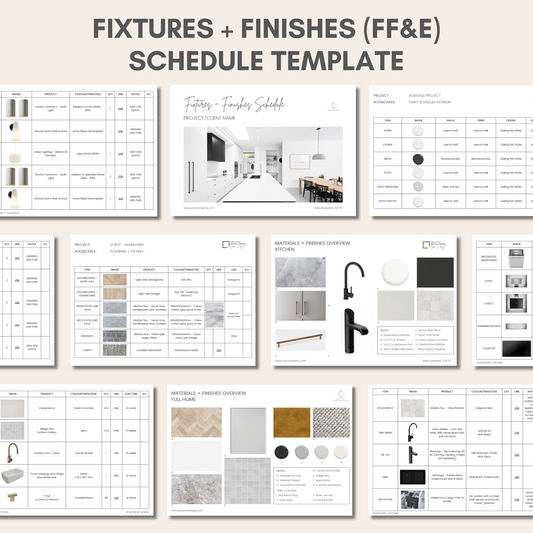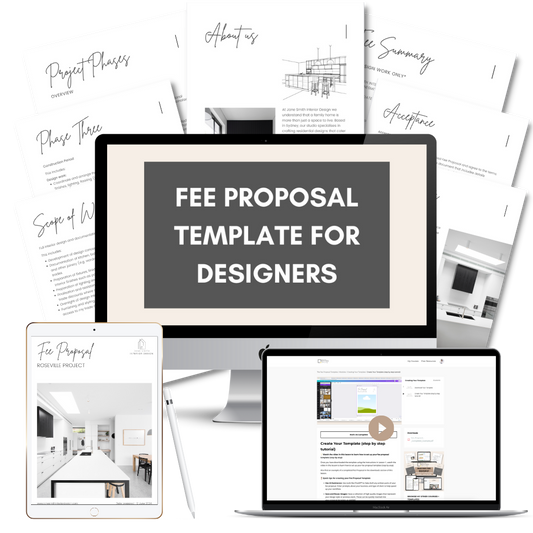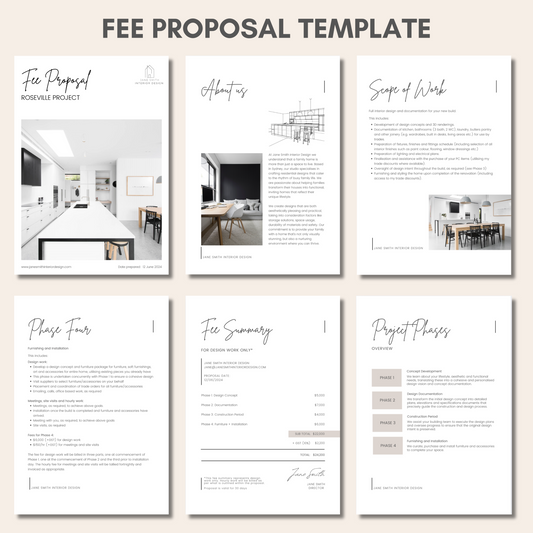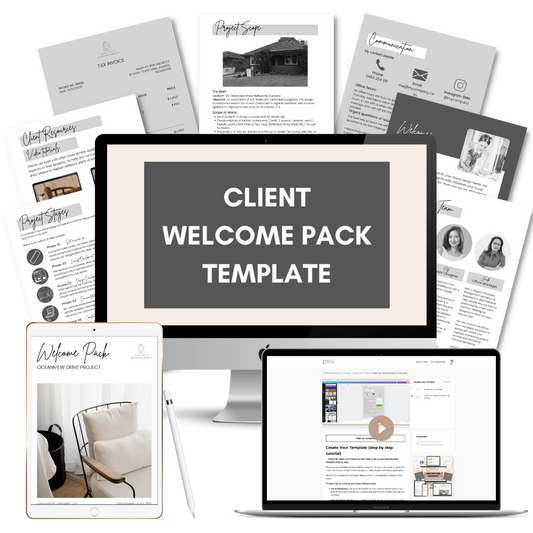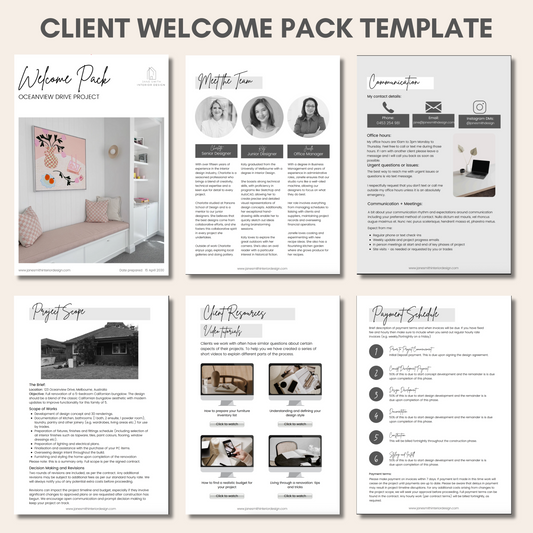SketchUp is a widely used piece of software in the design and architecture industries.
Although you can create 2D plans, elevations and layouts inside SketchUp - it is most well known for giving people the ability to create 3D versions of their designs so these can be pictured in SketchUp before they are built.
SketchUp has a low barrier to entry as there are both free and paid versions of the software. It is also quite easy to learn (in comparison to other design software) so literally anyone who has access to the internet can get started with playing around inside SketchUp. This makes it a fantastic piece of software not only for design professionals but also for home renovators or design enthusiasts who love to play ‘virtual house’.
I get asked all the time about which version of SketchUp is best to use for interior design purposes and what the difference is between the free and the paid version of the software, so in this post I am going to share the pros and cons of the free versus Pro versions so you can make an informed decision about which version is best for you.
If you’re new to my community and you’re interested in learning how to model in SketchUp then you may be interested in my free information session all about SketchUp. I also offer a self-paced online course for beginners that may be of interest as well.
SketchUp Options
SketchUp have a number of different options to choose from including SketchUp Go, SketchUp Pro and SketchUp Studio.
If you want to use SketchUp for interior design purposes - e.g. for work with design clients or to help you design or renovate your home - then the versions I recommend you start with SketchUp Pro.
SketchUp Pro
SketchUp Pro is one of SketchUp’s paid products and is the version that I use (and most designers use).
This version of the software is suitable for both commercial and personal use and would definitely be my recommended option if budget allows.
The great thing about SketchUp (compared to other commonly used software options in the design industry) is that it is not only significantly cheaper, it also has a much lower learning curve, meaning it is much faster to get proficient at using SketchUp than something like AutoCAD or Revit. In fact, I have had students in my SketchUp course who have gone from not knowing how to draw a single line in SketchUp to being able to create a full house model in as little as a few days!
But as with the free version there are some pros and cons that come with SketchUp Pro as well - although in this case the pros do outweigh the cons!
A really good thing about SketchUp Pro is that you get two licenses with your purchase so you can have one on your desktop and one on your laptop - and can access it anywhere! You don’t need an internet connection to model so this can be done offline.
You purchase the software on an annual subscription model, which helps to keep the costs lower than other design software that is on the market. And one of the best things about SketchUp Pro is that it comes with a complimentary piece of software called Layout that allows you to create professional drawing sets from your 3D creations - for example scaled plans, elevations, lighting and electrical plans and other presentation documents as well.
Inside SketchUp Pro you can completely customise your models by importing real-world textures and adding these to your models (e.g. wallpaper, paint colours, wall finishes, joinery finishes etc.), you can change your drawing styles (e.g. present in full colour, hand drawn sketch and heaps of other styles), you can create dynamic components (e.g. kitchen cabinets that have doors that open and close) and you can also import CAD (.dwg) files you may have from your architect or draftsperson in to SketchUp Pro and model these in to a 3D design.
There is one draw back about SketchUp Pro when compared to SketchUp Free and that is that it obviously involves an annual fee. This fee is more than worth it for designers who are running their own businesses or for people who will be regularly using the software, but it may not be something that a home renovator would want to outlay for a one off project.
7-Day Free Trial
If you think SketchUp sounds interesting, one great thing about SketchUp Pro is that you have the option to start with a free 7-day trial of the software so you can play around with it and try it out before you commit to purchasing the full annual subscription.
This is how most of the students in my SketchUp course get started and many are able to complete my SketchUp course and see if the software works well for them within that 7 day trial period.
Can I learn SketchUp with the iPad app?
You can use this software to model in SketchUp and I think the iPad app is fantastic for modelling on the go, showing people/clients around finished models, mocking things up on site visits and things like that. But I personally don’t think learning to use SketchUp on the iPad app itself is the best idea.
Instead I would recommend you learn how to use SketchUp on the full desktop/laptop version of the software and then use the skills you’ve learned with the full version of the software over in the iPad app.
Your iPad will come in handy for the course for watching video lessons and downloading the accompanying PDF and resource material.
Of course if you really do want to learn how to use SketchUp via only using the iPad app you are definitely able to do that, but for me it’s not the recommended route to get proficient in SketchUp in the fastest way possible.
In my SketchUp courses I have a bonus module on how to use SketchUp on your iPad.
System Requirements
Before you try out any version of SketchUp I would strongly recommend you review the system requirements and check your computer or laptop can handle the software.
You will easily find these by searching on Google by searching: SketchUp system requirements
SketchUp is quite processor intensive, so my recommendation if you are purchasing a computer to use with your modelling is to always try and get the best option you can afford for your budget. If you speak with sales people in the computer shop and explain that you want to use SketchUp they can help you to make sure that your new computer will be able to handle the software requirements. A good gaming spec computer is normally a great option for use with SketchUp.
SketchUp Information Session (Free!)
If you would like to find out more about SketchUp I have a completely free information session you may find helpful.
In this one hour session you'll learn:
🏘️ my full interior design workflow using SketchUp and Layout (and what SketchUp and Layout actually are!)
🏘️ I share lots of examples of how I use SketchUp + Layout in my own design work with clients
🏘️ how to get started with SketchUp and what version to choose (free or Pro)
🏘️ how to make sure your computer is going to run SketchUp properly
🏘️ I also answer the top questions I get asked about my SketchUp courses and and give you an outline of how the courses work.
If you've been thinking about learning SketchUp then jump in to the session as a starting point. You'll soon be able to see if the software is a good fit for your needs. 🥳
You can watch the session on instant replay or you can sign up for a session time that works for you over the coming few days.

